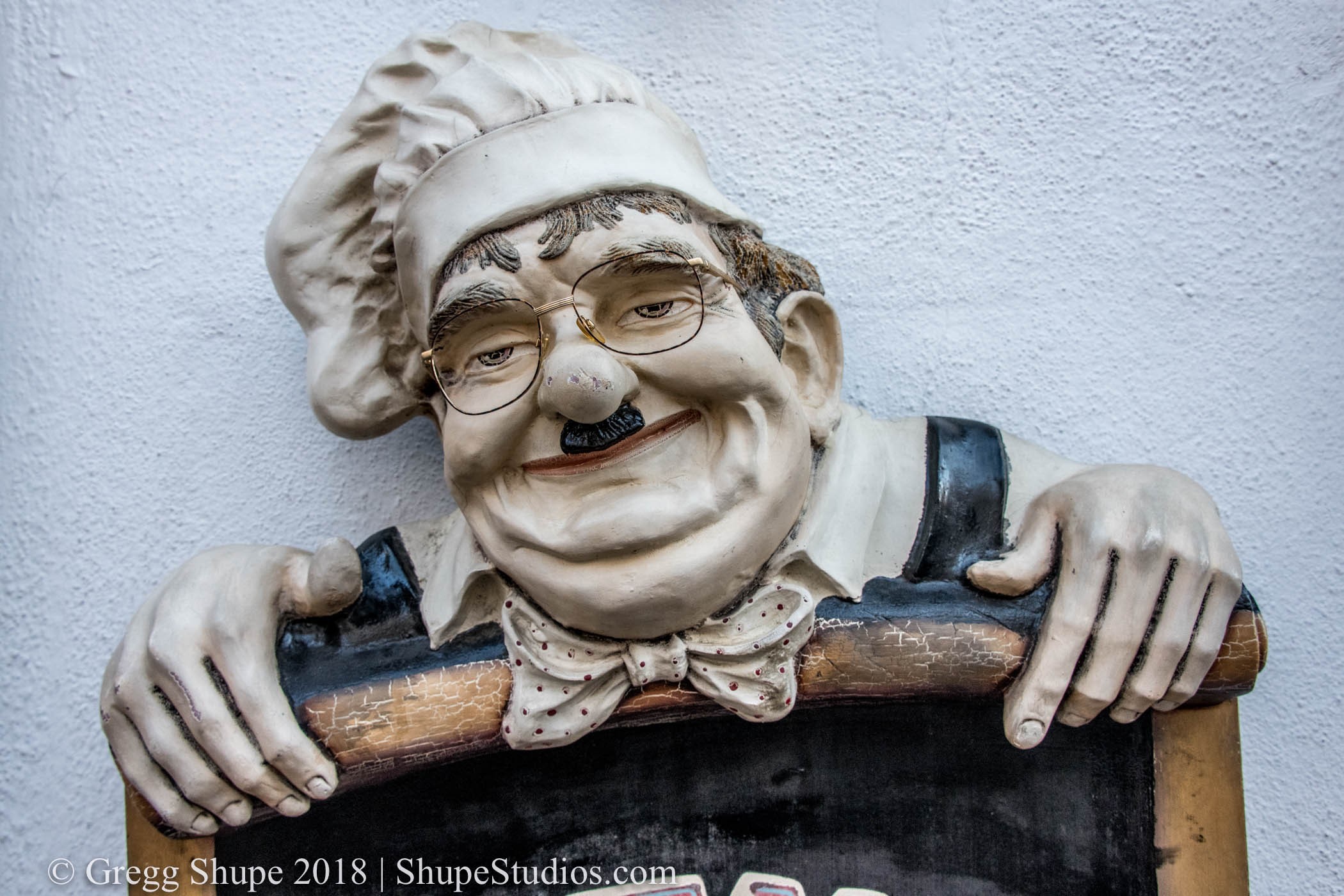When arranging a shoot with clients, many seem surprised when we schedule or reschedule around what building facades we’re shooting, what the weather will be like, and even if there’s a pool that needs to be shot. The best time of day for architectural photography really does matter on which way your building points, as well as some situations that can be beyond your control.
The Cardinal Directions and How They Affect Lighting
Lighting is such an important part of architectural photography, especially for their exteriors. As such, the best time of day to shoot a building is when the side is well lit without having to deal with sunlight directly hitting the camera. Therefore, shooting your building’s facades are highly dependent on what direction they are facing.
In the Morning – East-Facing Buildings
Many residential buildings face east to catch the morning light. This also means that mornings are the best time to photograph them before overhangs start to cast shadows on the front.
At High Noon – South-Facing Buildings
For those buildings that face south, shooting directly around noon or early afternoon provides nice, even lighting. This is also the best time to highlight pools before long shadows start to mar their depths.
In the Afternoon – West-Facing Buildings
West-facing buildings are often at their best in the afternoon before the shadows start to lengthen, with a longer shooting window in the summer for nice warm light.
The Challenge – North-Facing Buildings
Shooting from the north is a much more of a challenge. Using the same rules as the south don't work, so often the best time to shoot is at the extremes – either around dawn or twilight.
Further Considerations: Season and Weather
The seasons will also affect the lighting for your architecture. During late fall, winter, and early spring the sun’s light will wan, making twilight shoots more appealing, especially for those hard-to-master north-facing shots. Check out our winter and spring blogs for more info on those seasons.



The cloud cover will also affect your photographs, and not always for the worse. A brilliant summer day can give strong but sometimes harsh lighting. A light cloud cover can provide a softer, hazy light. While a truly cloudy day can help diffuse light evenly with no shadows. Check out our blog, How Professional Photographers Deal with Weather in New England, for more info on weather conditions.
Between time, direction, seasons, and weather, getting the best photography of your architecture can be difficult. It doesn’t have to be. Here at Shupe Studios, it’s something I’ve been doing for over 15 years in the greater Boston area. Interested in learning more? Contact me today to get started.





